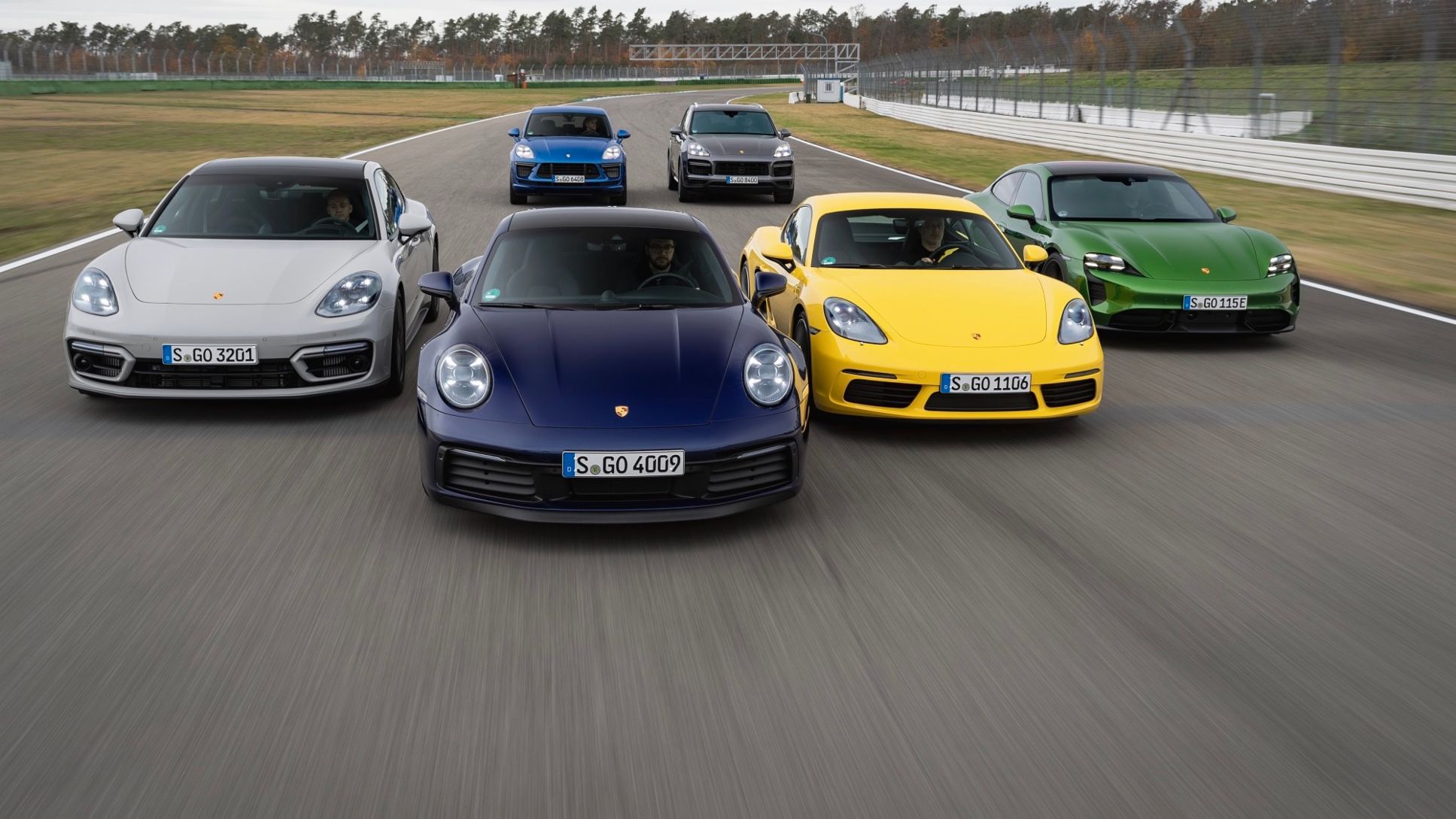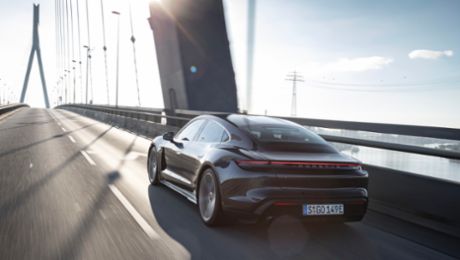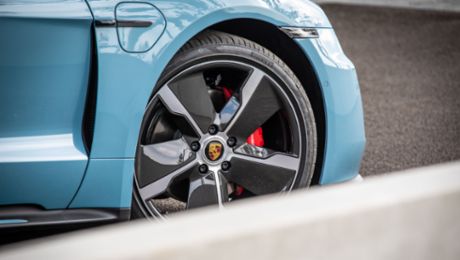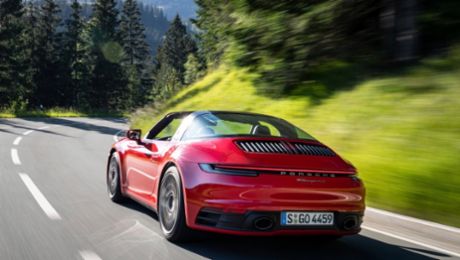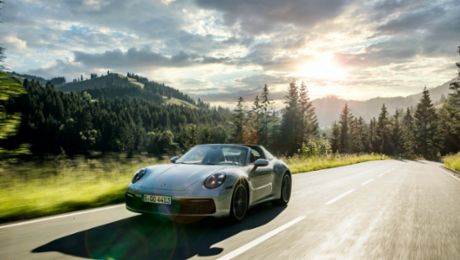In this respect, the sports car manufacturer benefits from its strong global positioning. “The coronavirus crisis posed a great challenge from spring 2020 onwards. Nevertheless, we were able to keep deliveries comparatively stable for the year as a whole,” says Detlev von Platen, Member of the Executive Board for Sales and Marketing at Porsche AG. “Our fresh, attractive product range, the successful start of the Taycan as the first all-electric Porsche and the charisma of our brand – all this contributed to this positive result despite the difficult times."
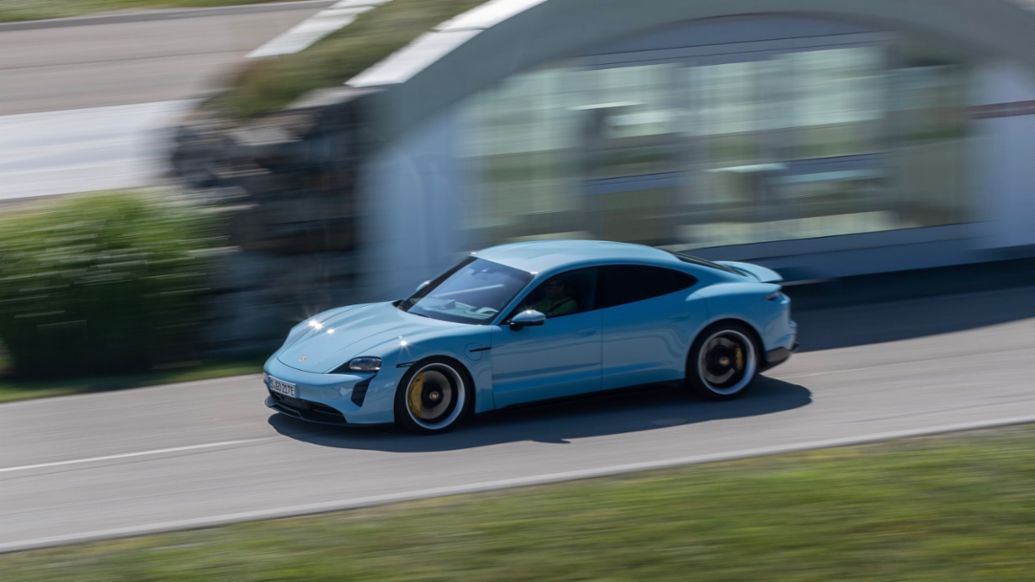
More than 20,000 deliveries of the Taycan
Taycan deliveries totalled 20,015 in 2020, despite a six-week pause in production just as the new model was ramping up, and despite many markets planning spring premieres. The Cayenne led demand at 92,860 sales, an increase of one per cent compared with the previous year. Two-door sports cars were also very popular: a total of 21,784 vehicles from the 718 model lines found new owners – six per cent more than in the previous year. Deliveries of the iconic Porsche 911 totalled 34,328.
Growth in Asia-Pacific and China
Porsche delivered 88,968 vehicles to Chinese customers in 2020 – an increase of three per cent compared with 2019. The Asia-Pacific and Middle East & Africa regions also continued to develop positively overall: 121,641 vehicles were delivered there, corresponding to an increase of four per cent compared with the same period in the previous year. Porsche delivered 80,892 vehicles in Europe and 69,629 in America.
After the robust 2020 result, Porsche is optimistic about further positive developments in 2021. “We are continuing our product offensive – our customers can look forward to it. It will include additional derivatives of the all-electric Taycan and the 911, among others. We are full of optimism and looking forward to 2021, a year that will also be characterised by unique experiences with the Porsche brand,” says Detlev von Platen.
| Porsche AG Deliveries |
January – December | ||
| 2019 | 2020 | Difference | |
| Worldwide | 280,800 | 272,162 | -3% |
| Europe | 88,975 | 80,892 | -9% |
| Germany | 31,618 | 26,152 | -17% |
| America | 75,367 | 69,629 | -8% |
| USA | 61,568 | 57,294 | -7% |
| Asia-Pacific, Africa and Middle East | 116,458 | 121,641 | 4% |
| China | 86,752 | 88,968 | 3% |
